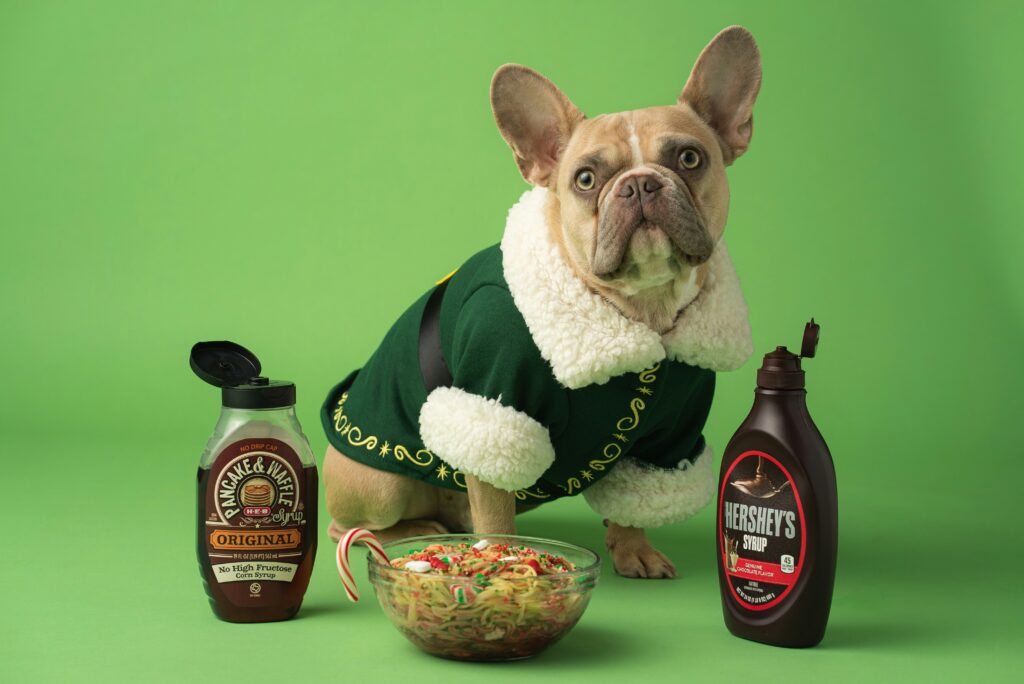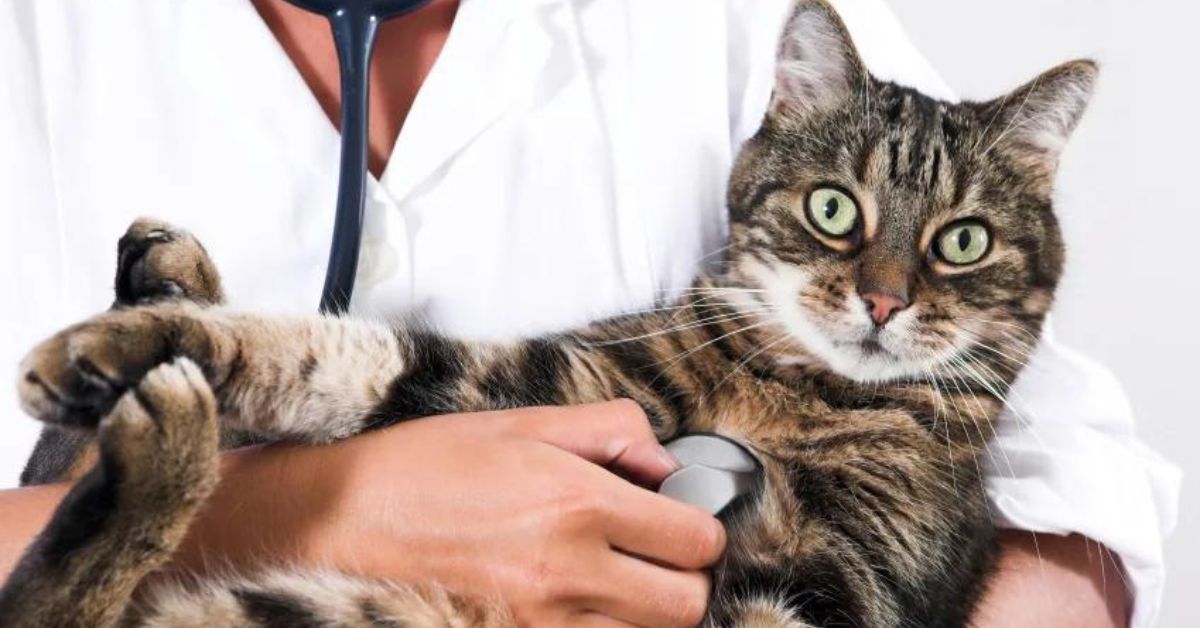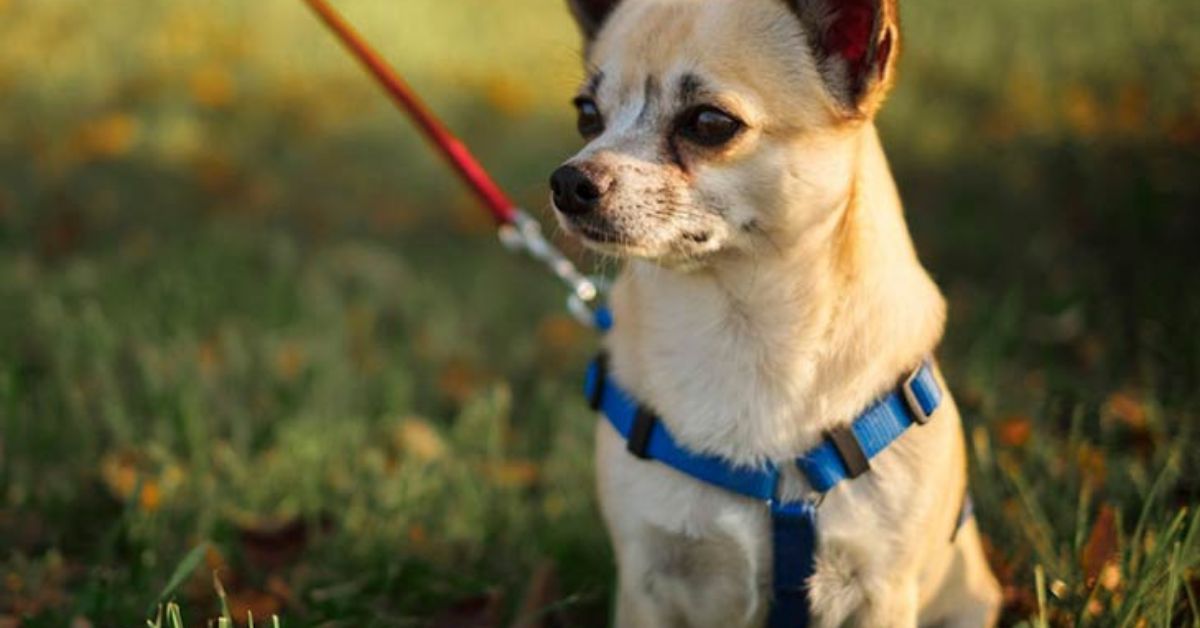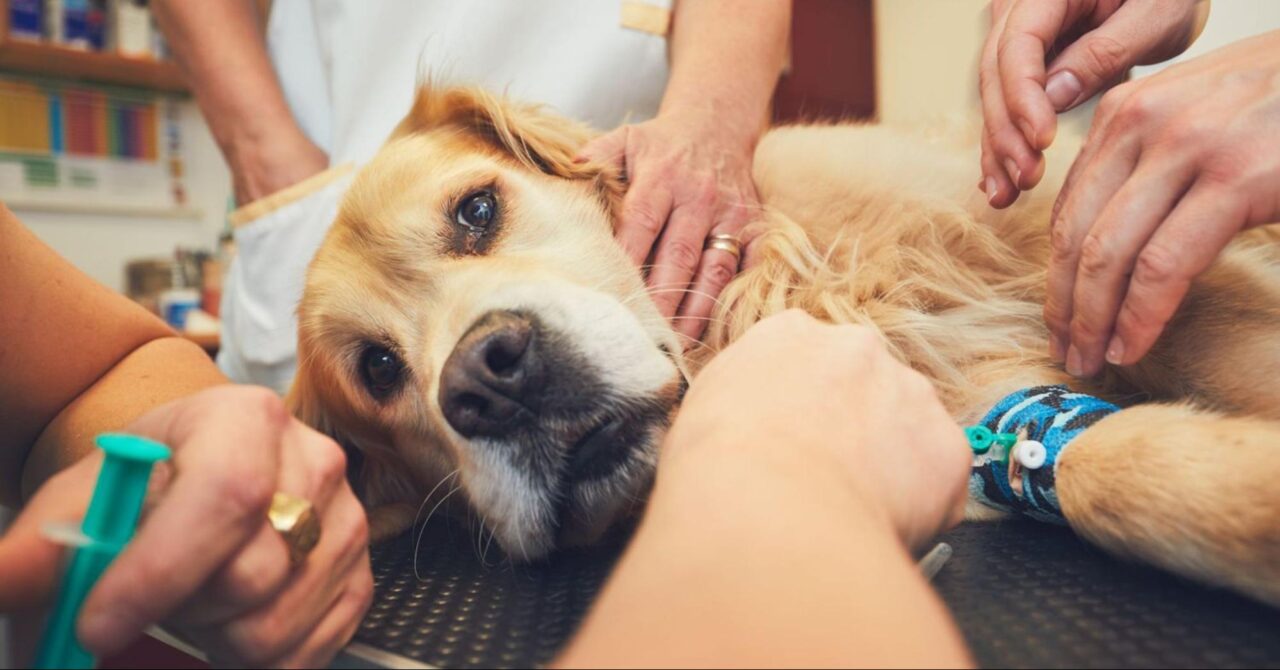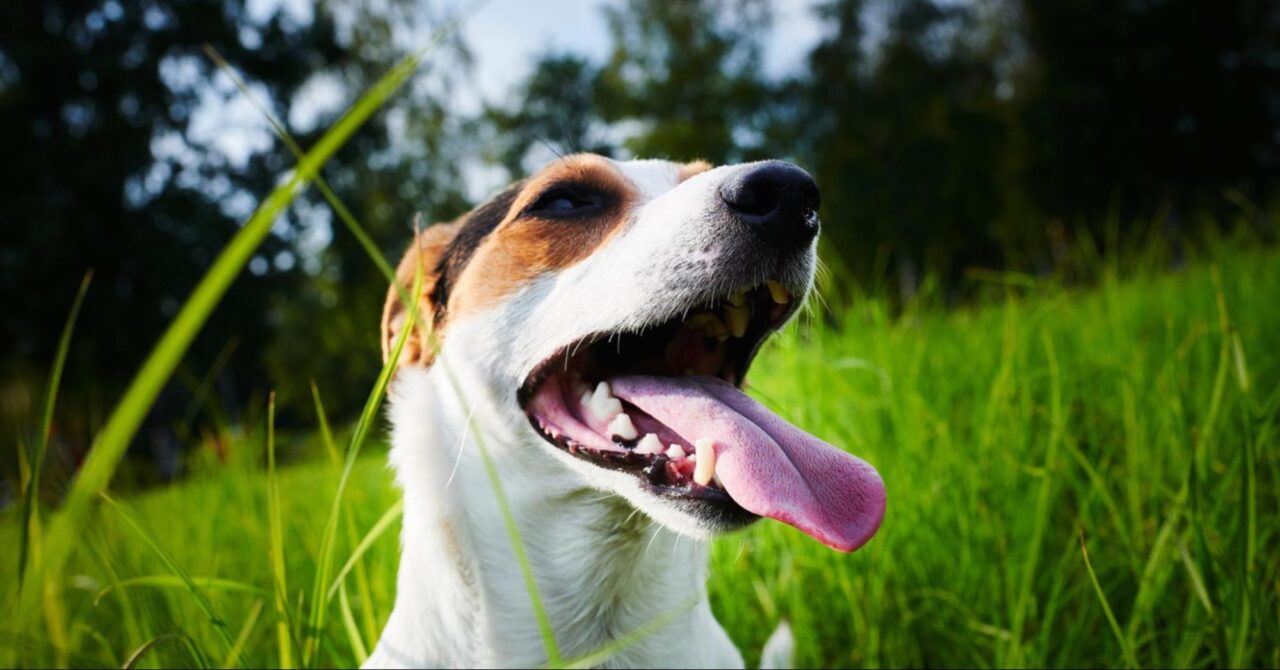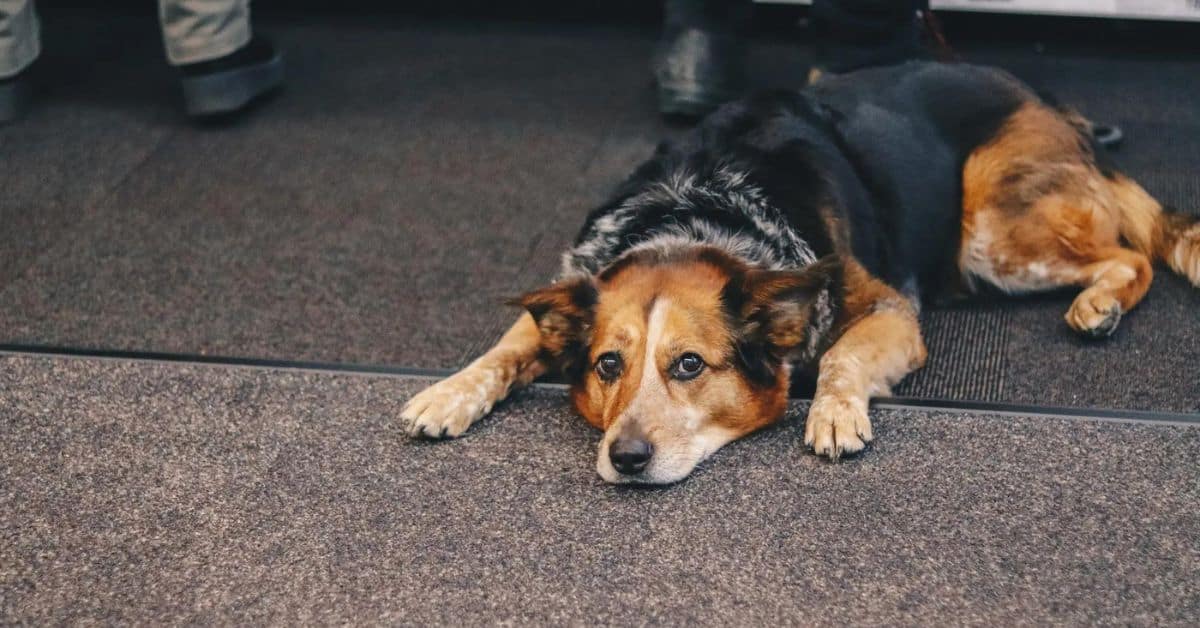
As devoted pet lovers, we often marvel at the fascinating details of our furry friends. One question that tends to spark curiosity among dog owners is, “How many nipples does a dog have?” While it may seem like a trivial detail, this aspect of canine anatomy holds intriguing insights into your dog’s biology. In this article, we’ll delve deep into the mysteries of a dog’s nipples, exploring not just how many they have, but also the purpose they serve and what you should know to ensure your dog’s health and well-being.
How Many Nipples Does a Dog Typically Have?
In general, dogs have an even number of nipples, usually ranging from six to ten, with eight being the most common. However, the number can vary depending on the breed, size, and genetics of the dog. The nipples are usually arranged in two parallel rows that run along the belly, from the chest down to the groin. It’s important to note that both male and female dogs have nipples, though they serve a more obvious function in females. In male dogs, nipples are vestigial, meaning they are remnants of an embryonic development process and have no practical purpose.
Factors That Influence the Number of Nipples in Dogs
While most dogs fall within the six-to-ten nipple range, some may have more or fewer. This variation can be attributed to factors like breed and size. For example, smaller breeds like Chihuahuas may have fewer nipples, while larger breeds like Great Danes could have more.
Genetics also plays a role. Some dogs may inherit traits that cause them to have a slightly different number of nipples than average. Additionally, while uncommon, some dogs may be born with an odd number of nipples due to genetic mutations or developmental anomalies.
The Purpose of Nipples in Female Dogs
In female dogs, nipples play a vital role in nourishing puppies. When a female dog becomes pregnant, her nipples enlarge and the surrounding mammary glands prepare to produce milk. This process is crucial for the survival and health of her newborn pups.
Each nipple is connected to a milk duct, and when the puppies suckle, the mother’s body releases hormones that stimulate milk production. The puppies rely entirely on this milk for the first few weeks of their lives, as it provides the necessary nutrients, antibodies, and hydration.
If you ever notice your dog’s nipples changing in size or appearance outside of pregnancy, it’s essential to consult a veterinarian to rule out any potential health issues such as mastitis (inflammation of the mammary glands) or tumors.
Do Male Dogs Need Nipples?
While male dogs do not nurse puppies, they still possess nipples due to the early stages of embryonic development. During the initial stages of gestation, all dog embryos are essentially female, and the gender differences emerge later. This is why male dogs retain nipples, even though they serve no purpose in their adult life.
Although male dogs’ nipples are largely non-functional, they can still experience issues such as irritation, swelling, or infections. In such cases, it’s crucial to monitor your male dog’s health and seek veterinary advice if you notice anything unusual.
Common Health Issues Related to Dog Nipples
Both male and female dogs can experience nipple-related health issues. While female dogs are more prone to problems due to their reproductive role, male dogs are not immune. Below are some common health concerns related to dog nipples: 
- Mastitis
Mastitis is an infection of the mammary glands, usually occurring in lactating females. It can cause the nipples to become swollen, red, and painful. Mastitis requires immediate veterinary attention, as it can lead to severe complications if left untreated. - Tumors
Mammary tumors are a significant concern, especially in older unspayed female dogs. These tumors can develop around the nipples and may be either benign or malignant. Spaying your dog at an early age can greatly reduce the risk of mammary tumors. - Dermatitis
Nipple dermatitis can affect both male and female dogs. It often occurs due to allergies, irritants, or excessive licking. This condition can cause redness, swelling, and discomfort around the nipples. Regular monitoring and good hygiene practices can help prevent this issue. - Infections and Cysts
Infections or cysts around the nipples are another potential health problem. These can occur due to poor hygiene, injury, or underlying health issues. Regular cleaning and vet check-ups can help identify and address these problems early.
Caring for Your Dog’s Nipples
It’s essential to take care of your dog’s nipples just as you would any other part of their body. Regular checks are key to ensuring their health. For female dogs, especially those who are pregnant or nursing, you should monitor the nipples for any signs of infection, swelling, or abnormal discharge. Male dogs should also be checked periodically for any signs of irritation or unusual changes.
Good grooming practices, including regular baths with mild, dog-safe shampoos, can help prevent nipple-related issues. Keeping your dog’s living environment clean and ensuring they have a nutritious diet will also promote overall skin and nipple health.
When to Visit the Vet
If you notice any abnormalities with your dog’s nipples, such as discoloration, lumps, discharge, or unusual swelling, it’s important to consult your veterinarian. Early detection of any health issues can prevent more severe conditions from developing.
Spaying your female dog at an appropriate age can significantly reduce the risk of mammary tumors, which are one of the most serious health concerns related to dog nipples. Your vet can also provide guidance on caring for your dog’s nipples during pregnancy or lactation to ensure the health of both the mother and her puppies.
Understanding your dog’s anatomy, including the number and function of their nipples, is crucial for responsible pet ownership. While the number of nipples can vary, their importance in a dog’s health, especially for females, cannot be underestimated. Regular check-ups and proper hygiene will go a long way in keeping your dog healthy and happy.






